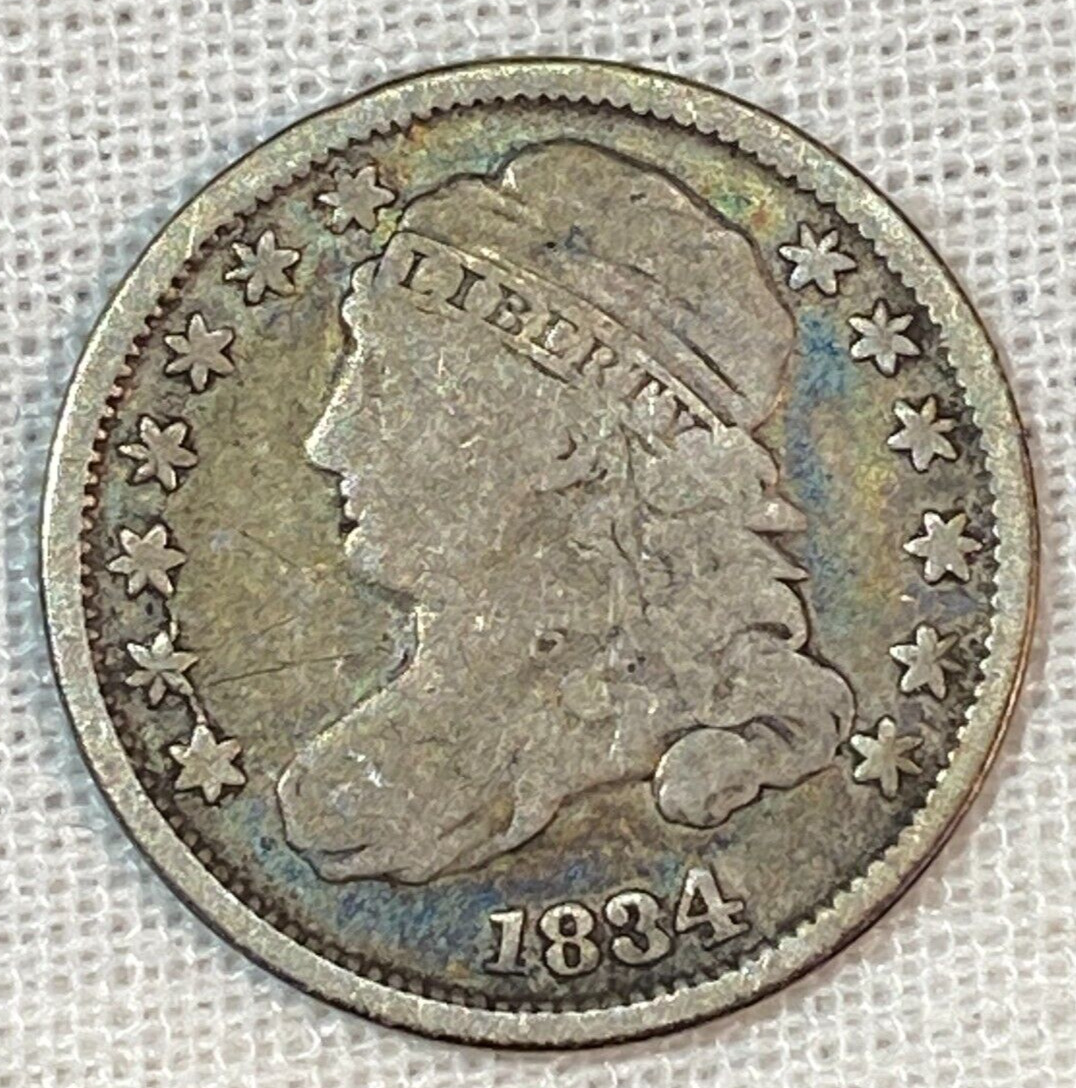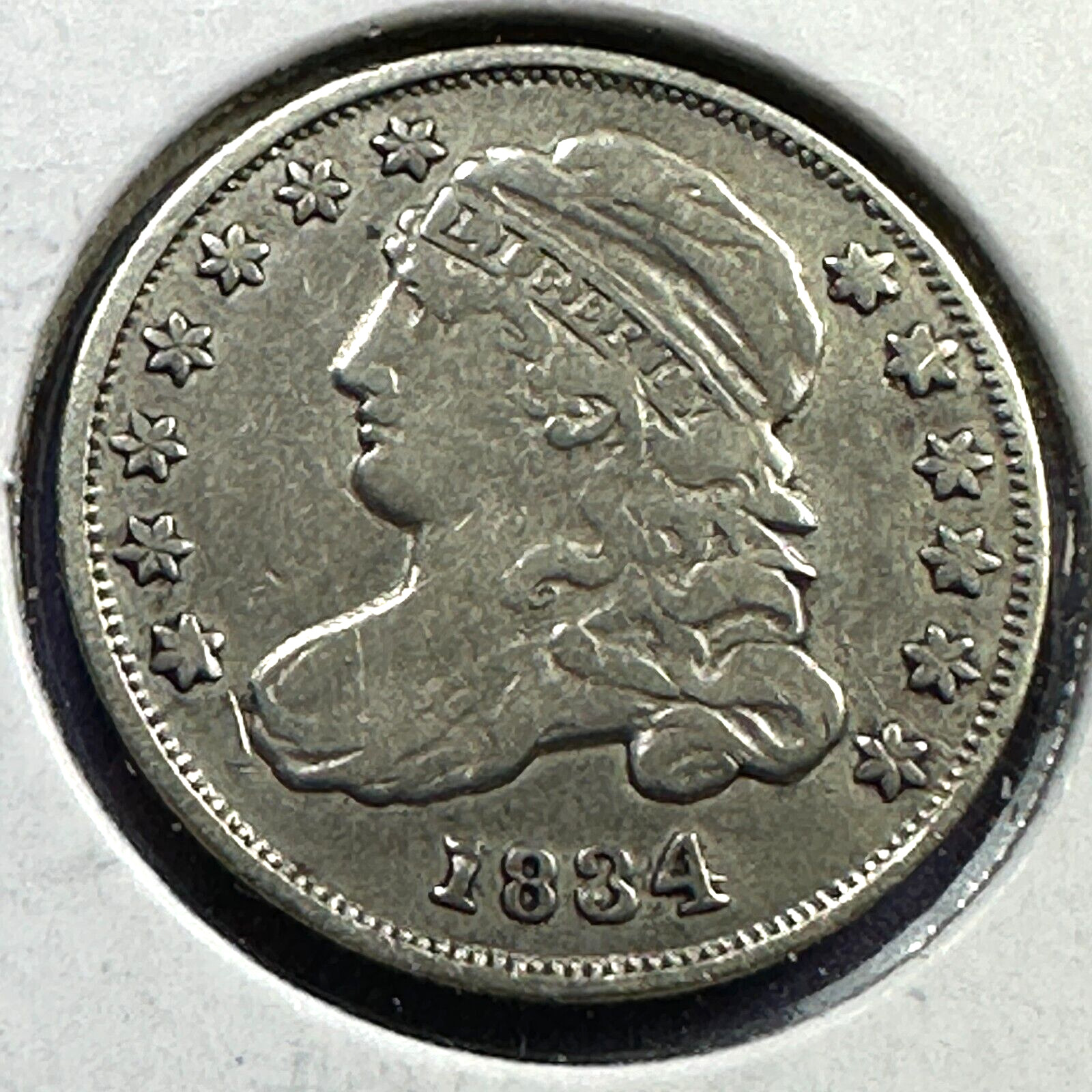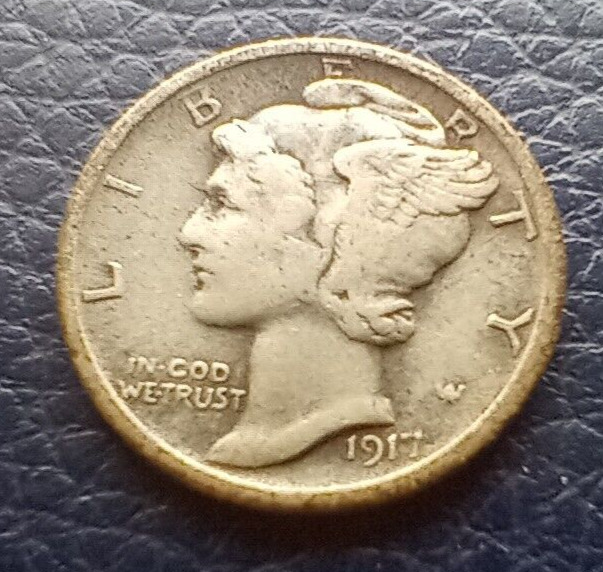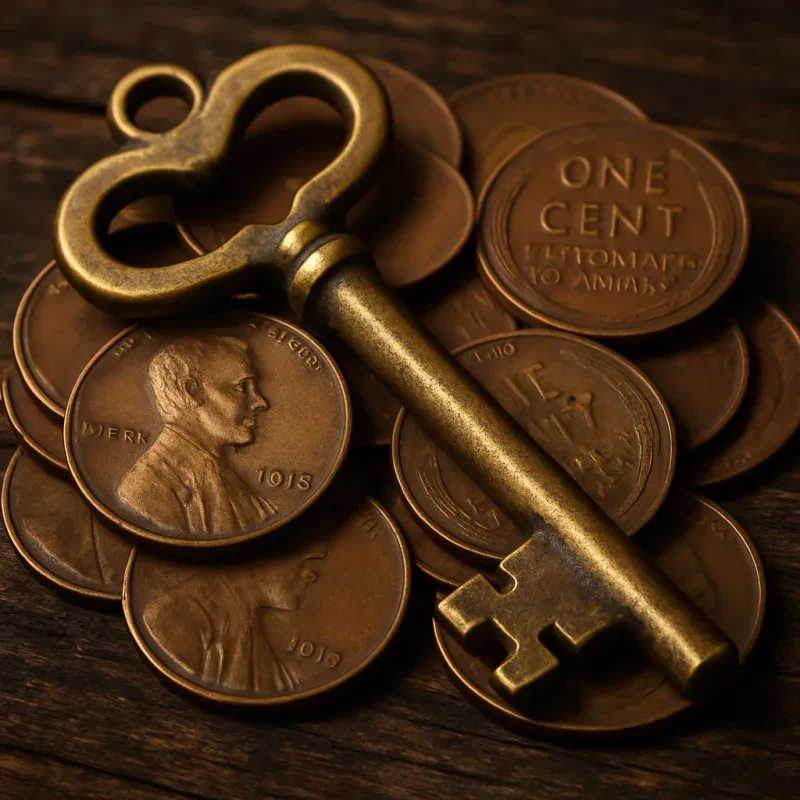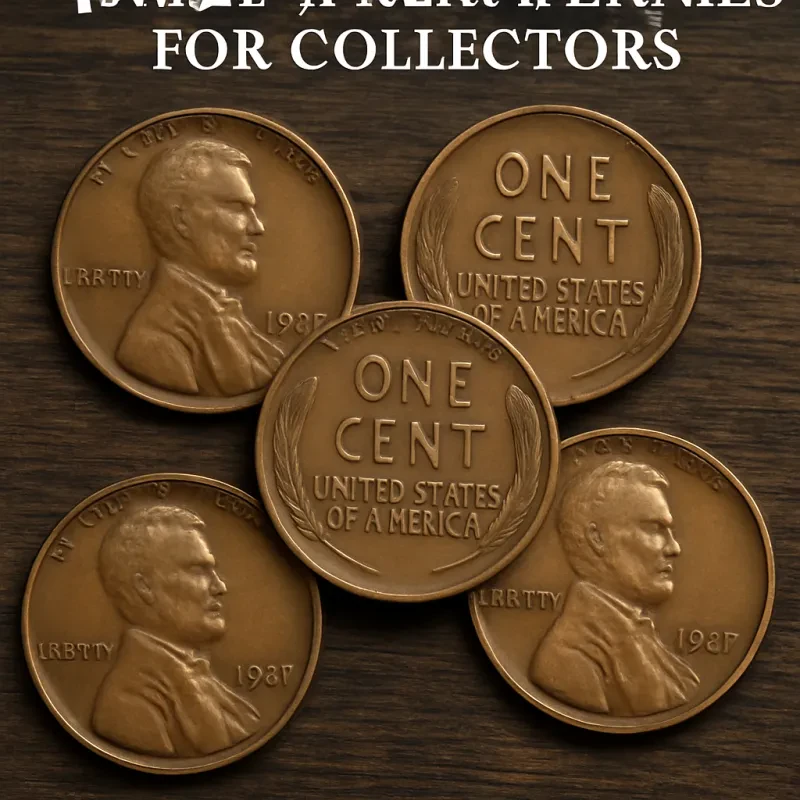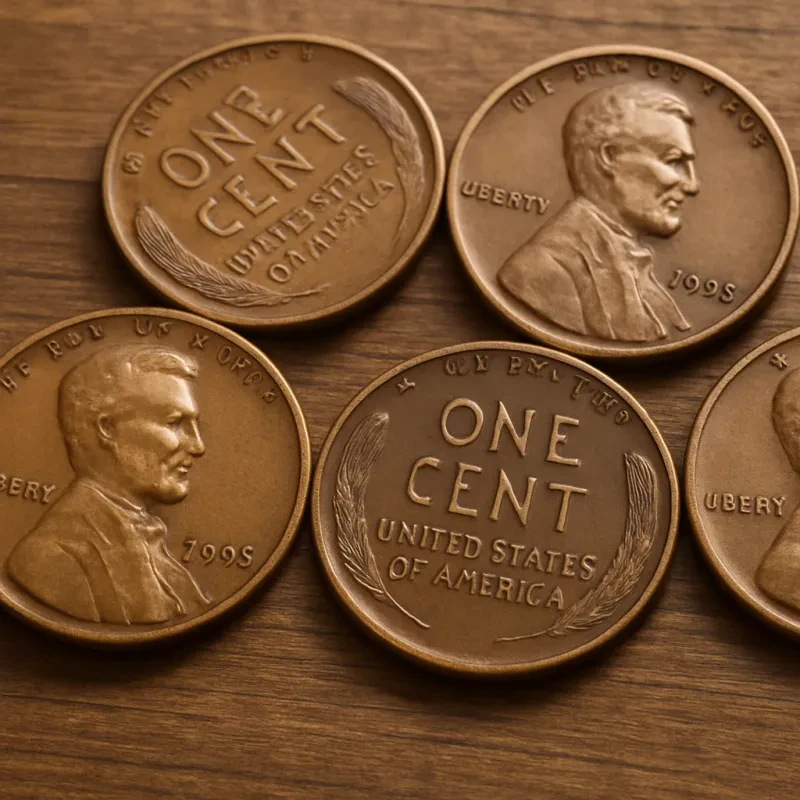Barber dimes feature a classic design that includes the profile of Liberty wearing a Phrygian cap, a symbol of freedom, on the obverse side. The reverse side showcases an impressive wreath, which adds a touch of sophistication to the coin. This combination of elements made the barber dime a delightful representation of American ideals during the late 19th and early 20th centuries. Over the years, these coins have gained popularity among collectors and enthusiasts alike, as they embody not only artistry but also a rich historical narrative.
Produced from 1892 until 1916, barber dimes were minted in various locations including Philadelphia, Denver, and San Francisco. The design remained largely unchanged throughout its production, though some variations exist due to different mint marks. Collectors often seek these rare pieces, particularly those from low-mintage years. As a result, the barber dime has left a lasting mark on numismatics, with many avid coin collectors eager to add them to their collections.
Throughout their production, barber dimes faced challenges, including competition from newer designs that were introduced as the country evolved. In 1916, a new design by Adolph A. Weinman replaced the Barber dime. However, the enduring charm and craftsmanship of barber dimes continue to captivate collectors and history buffs alike, ensuring that these coins remain an important part of America's numismatic heritage.
Design Features of Barber Dimes
On the reverse side of barber dimes, the design is equally compelling. It features an ornate wreath encircling the denomination of "10 Cents." This wreath symbolizes victory and peace, reinforcing the ideals of American prosperity. The simplicity of the reverse design balances the more intricate portrait of Liberty on the front, making the barber dime a cherished piece for both numismatists and casual collectors.
Another interesting aspect of barber dimes is their size and weight. Each coin has a diameter of 17.91 millimeters and weighs 2.5 grams, characteristics that were standardized for dimes during this period. This uniformity makes barber dimes easily distinguishable from other coins circulating at the time. Additionally, the use of 90% silver in their composition adds to their intrinsic value, which continues to attract collectors even today.
Barber dimes went through various variations and mint marks over the years, contributing to their appeal among collectors. The presence of mint marks, located on the reverse side beneath the wreath, indicates where the coin was minted—Philadelphia, San Francisco, or New Orleans. These details make each barber dime unique, adding layers of history and depth to their design features. For those interested in exploring the rich history and art behind these coins, understanding their design features is a great starting point.
Collecting Barber Dimes Today
Many collectors start their journey into the world of Barber dimes by visiting coin shows, online auctions, or local coin shops. The thrill of discovering a well-preserved coin can be quite rewarding. With various dates and mint marks available, some Barber dimes are rarer than others, adding an element of excitement to the hunt. Collectors often seek coins in higher grades, which can greatly increase their value over time.
Another tempting aspect of collecting Barber dimes is the rich stories behind them. Each coin represents a piece of American history, spanning a period of significant change. As collectors hold these coins, they become curious about the events and people that shaped their production. This connection to the past can deepen the appreciation for these coins and encourage collectors to share their knowledge with others.
Additionally, modern technology has made it easier than ever for collectors to connect and share their collections. Online forums and social media platforms allow enthusiasts to showcase their Barber dimes, swap tips, and even trade coins. This sense of community enriches the collecting experience, as individuals learn from one another and inspire each other to continue exploring the captivating world of Barber dimes.
The Impact of Barber Dimes
The Barber Dimes, minted from 1892 to 1916, hold a unique place in American numismatic history. Designed by engraver Charles E. Barber, these dimes were more than just currency; they represented a shift in American coinage during a time of great change. As the country moved into the 20th century, Barber Dimes became a symbol of modernity, showcasing the artistry and craftsmanship of that era.
One of the most significant impacts of Barber Dimes was their role in everyday commerce. At a time when the economy was expanding, these coins were widely circulated and used in daily transactions. They were not only functional but also beautiful, making them cherished by the public. Collectors today seek Barber Dimes not only for their monetary value but also for their aesthetic appeal, as each coin tells a story of its time.
Barber Dimes also played a part in the evolution of coin collecting as a hobby. The rarity of certain dates and mint marks has created a vibrant market for collectors. As enthusiasts sought to complete their collections, the popularity of Barber Dimes soared. This has led to an increased appreciation for not just the Barber Dime itself, but for historical coins in general, sparking interest in numismatics across generations.
Furthermore, Barber Dimes serve as a tangible connection to American history. Each coin carries with it the weight of its time, reflecting the social and economic realities of the late 19th and early 20th centuries. By examining Barber Dimes, historians and collectors alike can gain insights into the culture and economy of the period, making these dimes more than just mere coins but rather crucial pieces of history.
